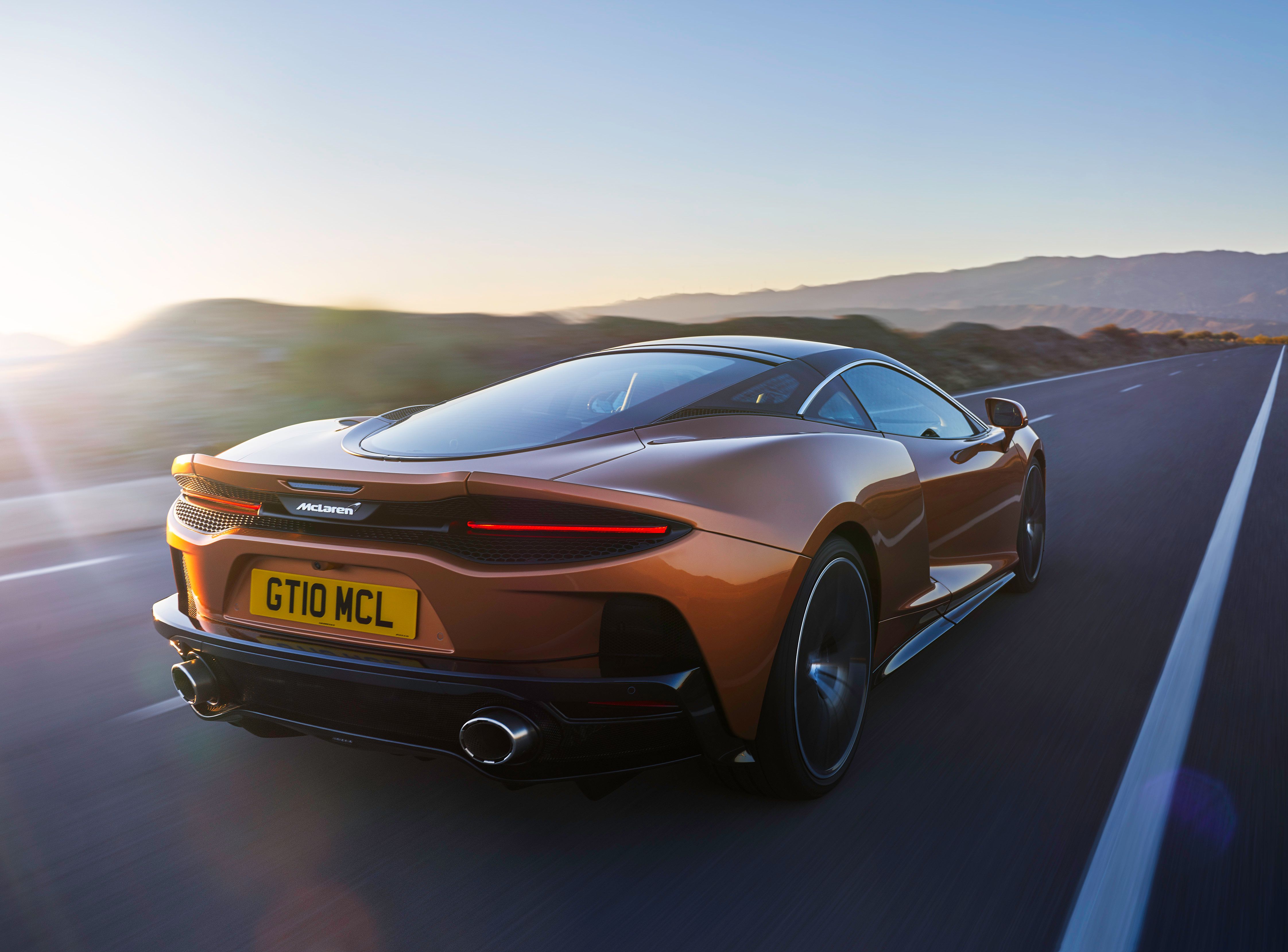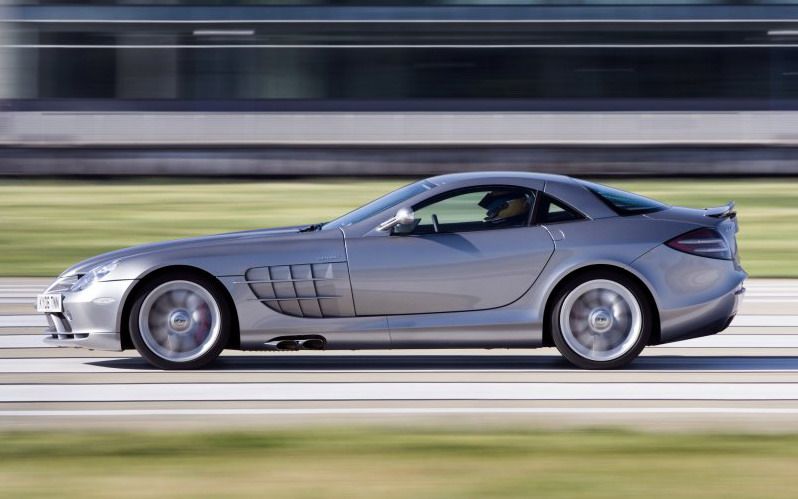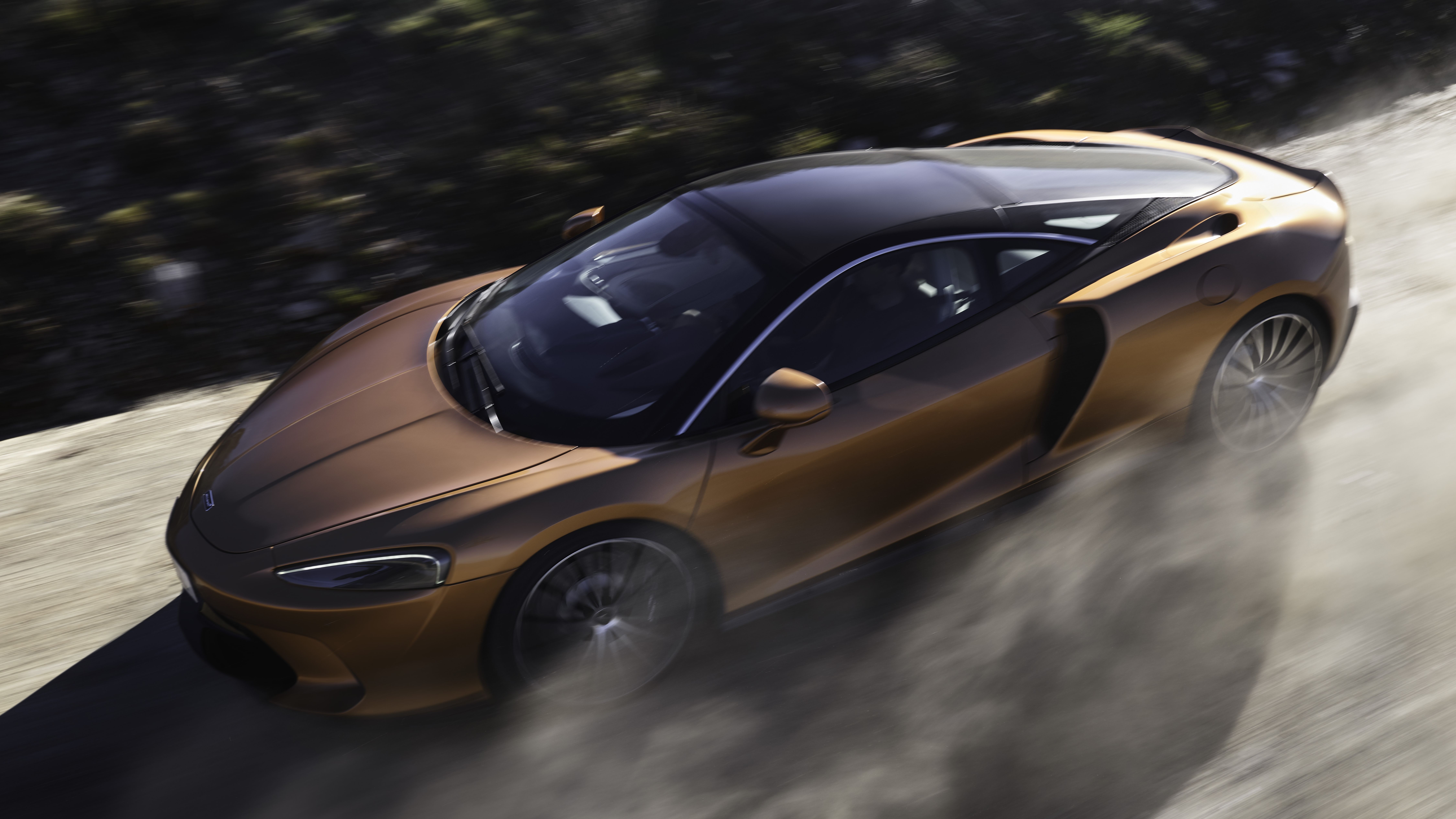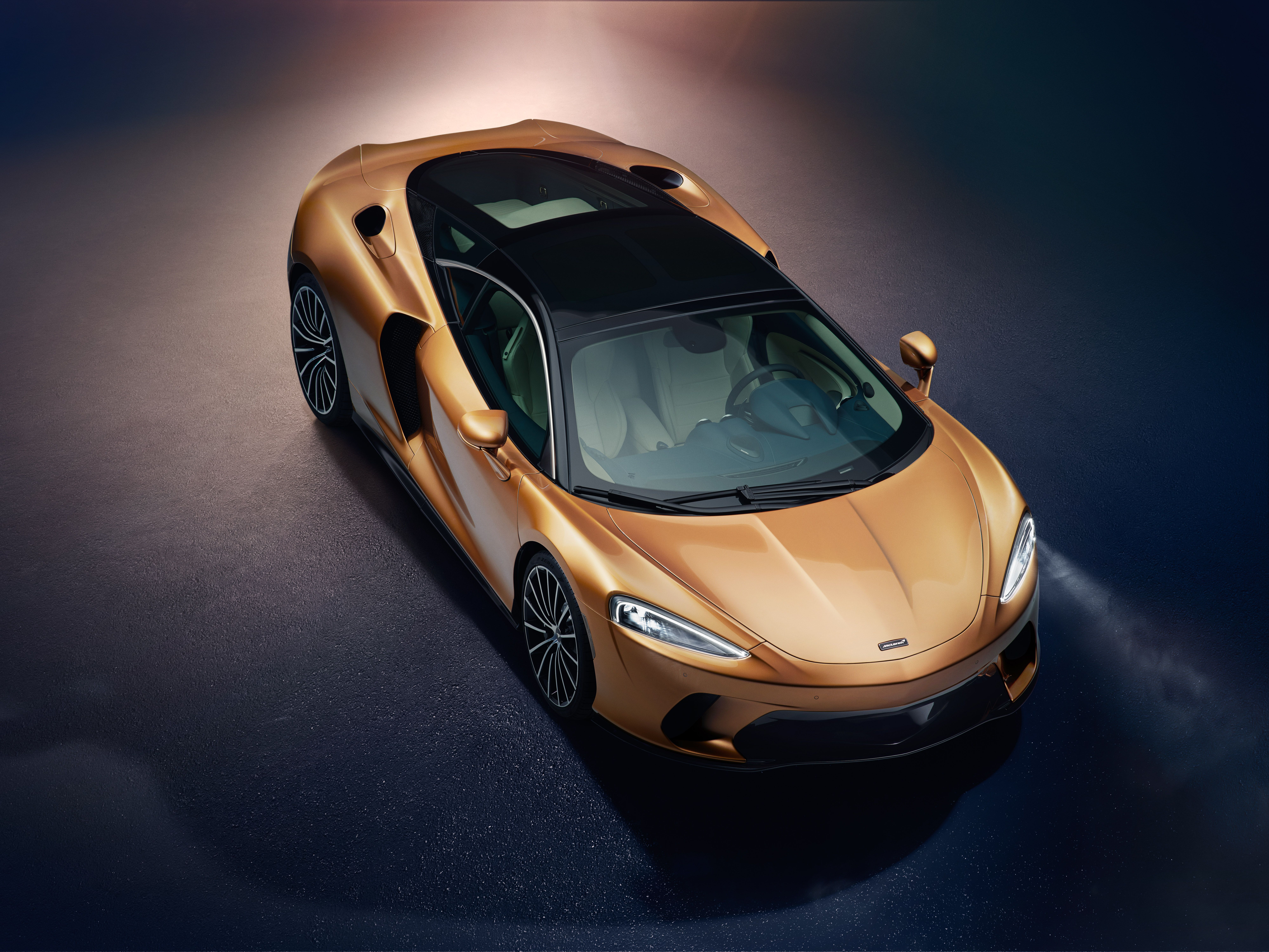
The McLaren GT really just wants to be a long-distance gran-tourer, but the supercar genes may be showing a bit too much

a shot of a white, 2020 McLaren GT tuned by Novitec
McLaren and luxury are two words that are seldom associated with one another. Most people still think of the record-holding McLaren F1, which is still the fastest production car with a normally-aspirated engine. With that said, McLaren reinvented itself as an individual automaker back in 2011, with the MP4-12C, which was followed by a variety of impressive, mid-engine models. Looking at McLaren’s current lineup, it will not take you long to realize the brand’s focal point is performance. the McLaren GT is the first model in a while to have been built with luxury and comfort in mind. The basis for it is the McLaren 720S, which fluently speaks the language of performance, and this creates a few issues.
TOP SPEED VIDEO OF THE DAY
The McLaren GT is Just a 720S That’s Going Against its Nature
The 720S is nothing short of a mind-blowing, high-performance vehicle. While some manufacturers take an existing model and dial it up, McLaren has done the opposite with the GT. The 720S’ chassis and drivetrain have been taken and softened up a bit. The adaptive suspension has been tuned for a softer ride, although it still allows the mid-engine car to retain impressive cornering capabilities.
McLaren’s M840T, 4.0-liter, twin-turbo V-8 can trace its roots back to a 1980s Nissan racing engine. For the GT, the unit has undergone some changes, so it makes 620 horsepower (462 kilowatts) at 7,500 RPM and 465 pound-feet (630 Nm) at 5,500 to 6,500 RPM. Power still goes to the rear wheels through a seven-speed SSG automatic. McLaren GT’s 0 to 60 mph (97 km/h) time of 3.1 seconds and a top speed of 203 mph (326 km/h) are proof enough that you can have luxury and performance.
There Are Better GT Cars Out There

a rear action shot of a gold, 2020 McLaren GT driving on a straight road
As brilliant as the McLaren GT is, its Gran Tourer capabilities are overshadowed by its competitors. The problem is that the McLaren GT’s pretenses automatically pit it against models like the Aston Martin DB11/DBS Superleggera and Bentley Continental GT, which have been designed from the ground up as high-performance, long-distance cruisers. Those also feature a classic, front engine, rear wheel drive layout, which allows for more practicality.
Like the aforementioned Gran tourers, the McLaren GT is among the most usable high-performance vehicles you can buy. In terms of numbers, the cargo capacity is not that far off some front-engine competitors, but it is the way that capacity is distributed throughout the car. The total capacity is 14.83 cubic feet (420 liters), which is about the same as your average hatchback. However, that space is divided between the rather small trunk and the rear section, which features a parcel shelf above the engine bay. Needless to say, anything you put on top of it will both be visible through the rear glass and will obstruct rear visibility compared to a traditional trunk or boot.
McLaren’s Last and Only True GT Car Came in the Early 2000s

an side action shot of a silver, 2003 Mercedes SLR McLaren accelerating on a race track
The last and only time McLaren made a proper grand tourer was in 2003. It came in the form of the Mercedes SLR McLaren, which was built in collaboration with the German brand. That one had a more traditional, for a GT car, front-engine, rear-wheel-drive layout, and a 5.4-liter, supercharged V-8 that made up to 650 horsepower (485 kilowatts) and 605 pound-feet (820 nm). Only 2,157 units of the SLR were built, not counting the 75 SLR Stirling Moss cars that were built in 2009.
Not all is bad

a front three-quarter action shot of a gold, 2019 McLaren GT driving on a road
While the McLaren GT’s supercar genes may show a bit too much for a long-distance cruiser, being mid-engine brings some advantages. For one, the short front end, courtesy of the mid-engine layout, translates into better front visibility. While the phallic form of a long nose seen on front-engine cruisers is an appealing design feature, it also makes it more difficult to pinpoint where the car’s end actually is. Nothing a skilled driver wouldn’t be able to deal with, but still. Moreover, it’s not helpful when you are “peaking” around a corner and wonder if an approaching truck will take your entire front end along for the ride.
The McLaren GT’s supercar genes also mean it has a much lower center of gravity that is centered more toward the middle of the car. In something like a Bentley Continental GT, for example, the center of gravity would be about 25 percent higher and more towards the front of the vehicle. Another positive feature is that the McLaren GT is also the lightest grand tourer, with a curb weight of 3,373 pounds (1,530 kg). Most of its GT competitors weigh around two tons and the Bentley over 5,300 pounds (2,400 kg). While there is no doubt that the McLaren GT would have been a better grand-tourer with the engine in the front, it makes a strong case for the practicality of a mid-engine supercar. It’s also the most practical mid-engine car currently on sale.







